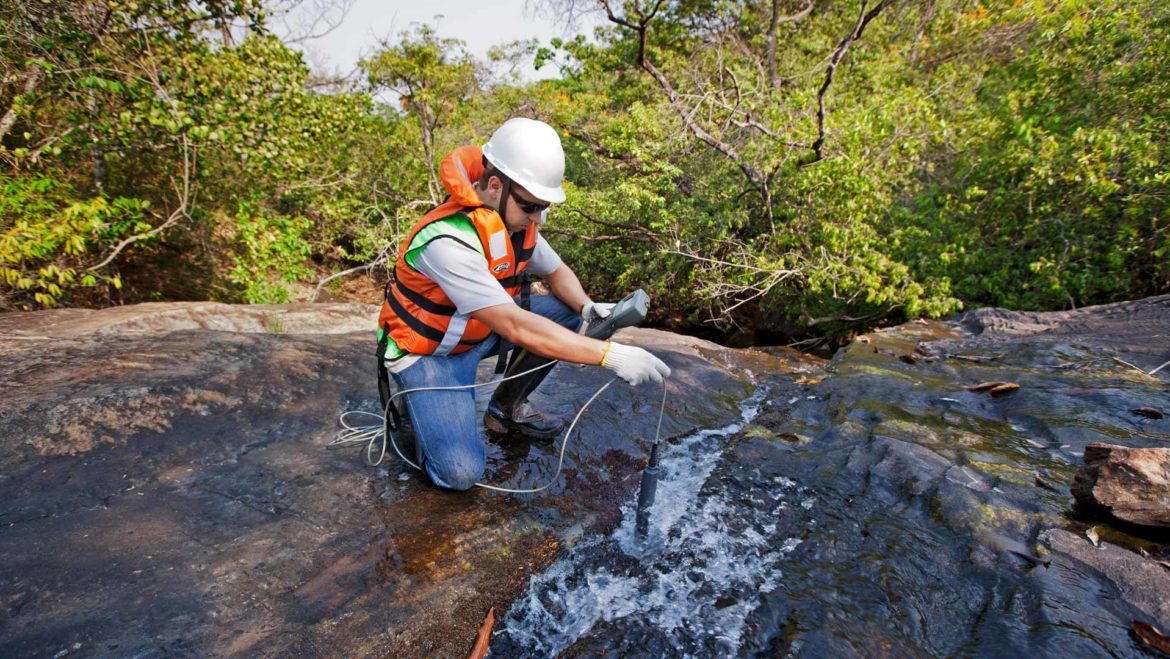
Element 4 – Identifying and Assessing Risks and Opportunities
It is good practice to embed risk and opportunity assessment in closure management, with a formal risk and opportunity assessment conducted and documented early in the closure planning process and revisited periodically as the closure plan evolves. Identified risks should be used as a management tool – setting out tasks and accountabilities for both preventing and mitigating risks.
One of the areas of risk evaluation where practice is evolving rapidly is the consideration of climate change impacts on closure and long-term planning. Tool: Managing Risk, Opportunities and Climate Change looks at risk assessments and also addresses climate change risk in mine closure.
Risk assessment categories
Risk assessment categories (p31) include:
- Health and safety
- Legal and regulatory
- Environmental
- Social
- Financial
- Reputational
Planning for temporary or sudden closure
Temporary closure (p61) is a suspension of mining activities for a limited period. During temporary closure, the site is maintained. In sudden closure, a mine goes into final closure ahead of the previously planned timeline.
During temporary closure, maintenance works are carried out in anticipation of the site returning to active production. From a regulatory and closure planning point of view, many aspects of temporary closure should be indistinguishable from regular operations.
At each stage of the mine life, it is good practice to have a contingency closure plan in place for sudden closure that identifies the key areas of the site closure plan that will require modification in the event of a sudden closure.
Top Tips:
For the largest risks, the critical control management (CCM) process provides a practical approach to providing control over large or potentially catastrophic events that are identified through the risk management approach.
Further Reading:

